Unlocking the wonders of Bhutan
Exploring this Himalayan nation has never been easier

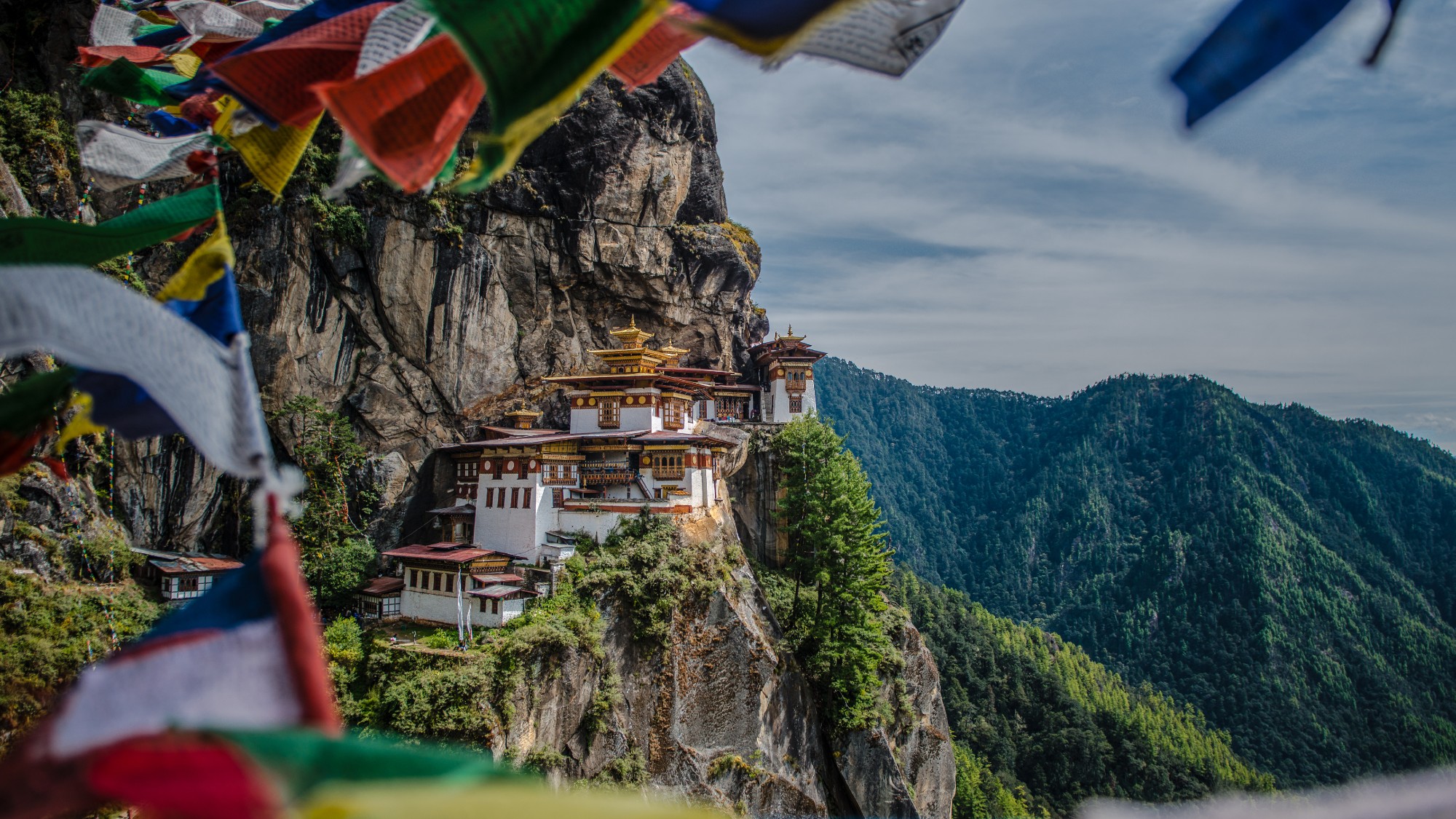
Bhutan is a remote country in the eastern Himalayas filled with temples, monasteries, colorful prayer flags and gorgeous scenery. Since opening to outside visitors 50 years ago, the country has taken a slow and sustainable approach toward tourism. Now, a recent push to revive the economy and keep young people from moving abroad is slightly reshaping the strategy, with a new focus on bringing in diverse visitors from around the world.
The basics of Bhutan

The Great Buddha Dordenma is one of the largest sitting Buddha statues in the world
Bhutan sits between China and India, and its neighbors to the south accounted for more than 73% of arrivals in 2019, when a record 300,000 tourists visited the country. The government's goal is to reach that number again, but with a "more diverse consumer base," the Bangkok Post said, specifically one from the U.S., Australia and Europe.
Bhutan measures the well-being of residents on the Gross National Happiness index, looking at factors "from living standards to health to cultural and environmental preservation," and with this in mind built its tourism reputation on "low-volume crowds and high-paying guests." Bhutan charges tourist fees, but to broaden its appeal to visitors of all income levels, lowered its Sustainable Daily Fee to $100 through August 2027. Bhutan takes sustainability seriously and is the world's first carbon-negative country.
The Week
Escape your echo chamber. Get the facts behind the news, plus analysis from multiple perspectives.

Sign up for The Week's Free Newsletters
From our morning news briefing to a weekly Good News Newsletter, get the best of The Week delivered directly to your inbox.
From our morning news briefing to a weekly Good News Newsletter, get the best of The Week delivered directly to your inbox.
All foreign visitors, with the exception of Indian nationals, need a visa to enter Bhutan. There is one international airport, served by Bhutan Airlines and Drukair, with direct flights from Kathmandu, Bangkok and New Delhi. Outside of the cities of Thimpu and Paro, you will need a guide, and the Bhutan Tourism Services Portal directs travelers to experienced tour operators, trip leaders, accommodations, restaurants and homestays.
What to see in Bhutan
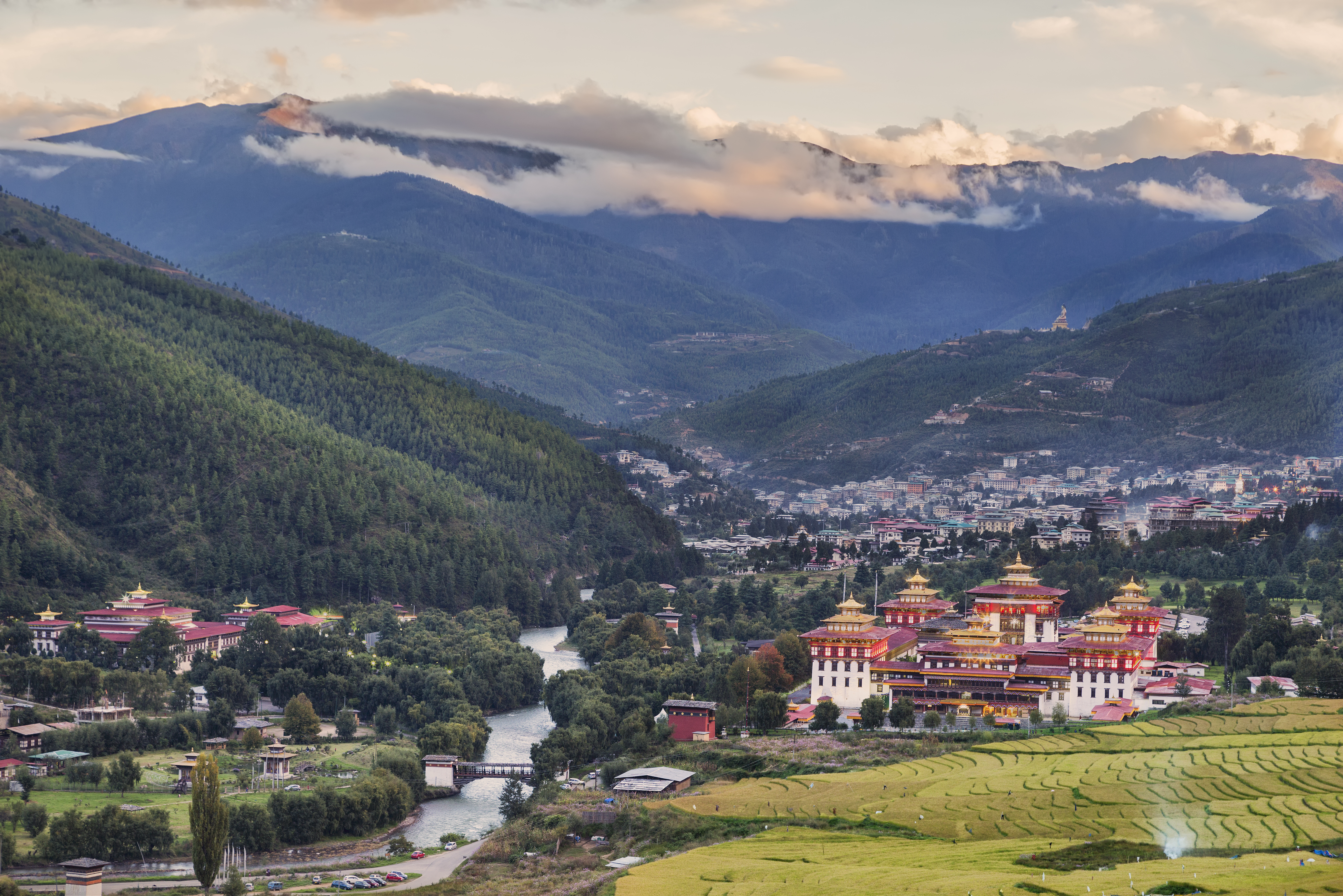
The Buddhist monastery and fortress Tashichho Dzong sits on the edge of Thimphu
Bhutan is the world's last Vajrayana Buddhist kingdom, and "majestic" temples and dzongs, or fortified buildings, dot the mountainous landscape, Condé Nast Traveler said. A three-hour hike up a "steep, wooded cliff" leads to the sacred Tiger's Nest, an "iconic" 17th-century monastery.
The Trans-Bhutan trail crosses the entire country, taking "intrepid" hikers 30 days to complete, National Geographic Traveler said, but you can tackle individual sections as well. One stretch, the Divine Madman's Trail, begins in the clouds as you make your way down the Dochula Pass, where you will find villages and a house that is "said to have been struck by an arrow shot from Tibet" in the 15th century.
Life is busier in the capital, Thimphu, a city that "beautifully combines culture with a cosmopolitan vibe," Lonely Planet said. There are no traffic lights here (or anywhere in Bhutan), and it is fascinating watching "immaculately dressed policemen manually direct traffic." During the day, visit spots like the National Memorial Chorten and Bhutan Postal Museum, where you can make your own stamps, and at night check out the bar scene. The Weekend Market happens every Thursday through Sunday, with local vendors selling produce, wild honey, dried fish and "deliciously aromatic raw ingredients" for incense.
A free daily email with the biggest news stories of the day – and the best features from TheWeek.com
Being a thoughtful visitor
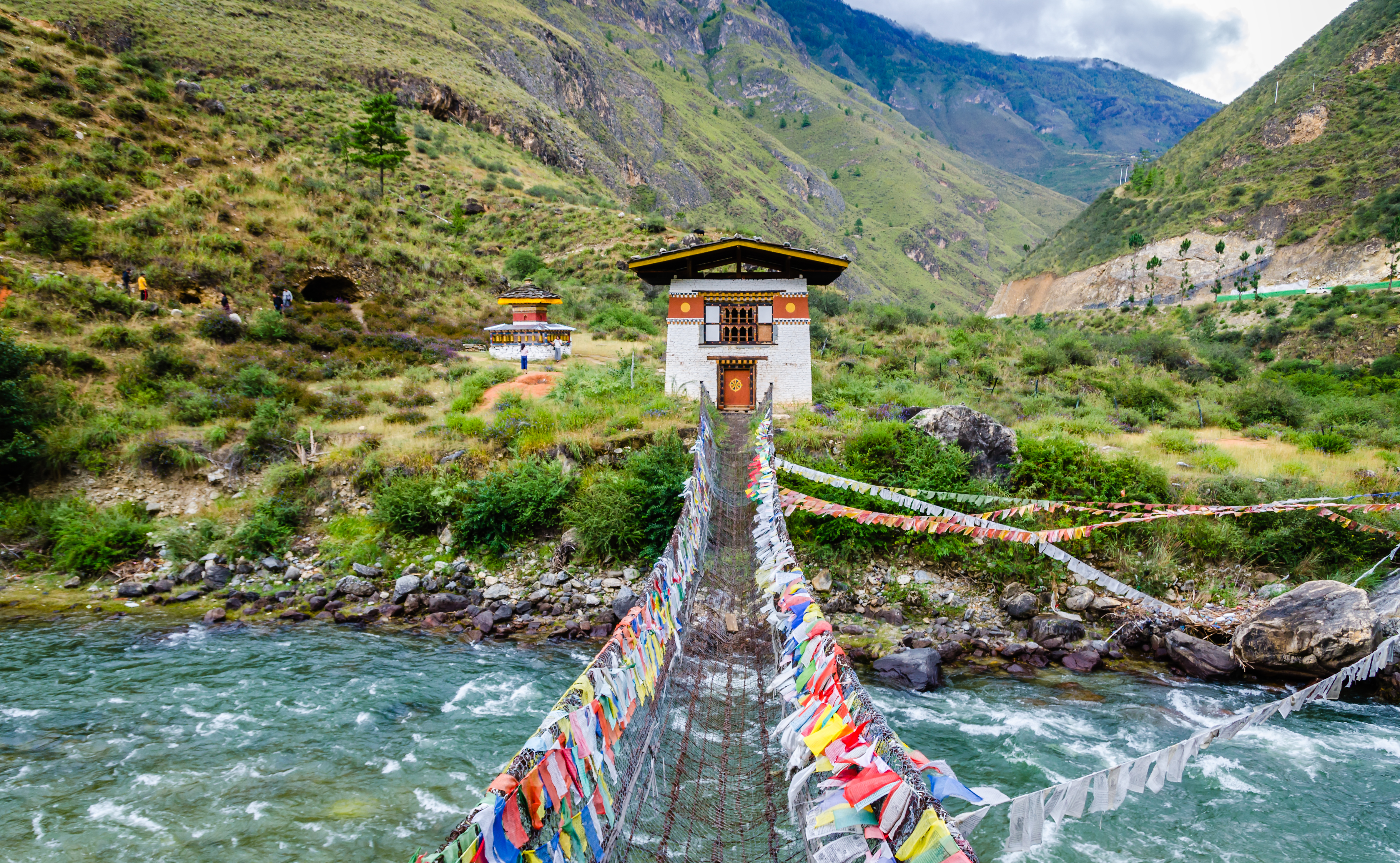
The Iron Chain Bridge brings people to the Tachog Lhakhang Monastery
Folktales, myths and legends are a major part of Bhutan's cultural identity, and visitors should approach this with an "open mind" and "consider setting aside your preconceptions," Lonely Planet said. Bring modest clothes that cover shoulders and knees to wear when entering temples and monasteries, and remove your shoes and hats. When shopping at markets, pay the listed price — in Bhutan, "aggressive negotiating tactics are a foreign concept." It can take several months to create traditional textiles, and "prices reflect the meticulous work and cultural richness woven into each piece."
Catherine Garcia has worked as a senior writer at The Week since 2014. Her writing and reporting have appeared in Entertainment Weekly, The New York Times, Wirecutter, NBC News and "The Book of Jezebel," among others. She's a graduate of the University of Redlands and the Columbia University Graduate School of Journalism.
-
 A luxury walking tour in Western Australia
A luxury walking tour in Western AustraliaThe Week Recommends Walk through an ‘ancient forest’ and listen to the ‘gentle hushing’ of the upper canopy
-
 What Nick Fuentes and the Groypers want
What Nick Fuentes and the Groypers wantThe Explainer White supremacism has a new face in the US: a clean-cut 27-year-old with a vast social media following
-
 5 highly amusing cartoons about rising health insurance premiums
5 highly amusing cartoons about rising health insurance premiumsCartoon Artists take on the ACA, Christmas road hazards, and more
-
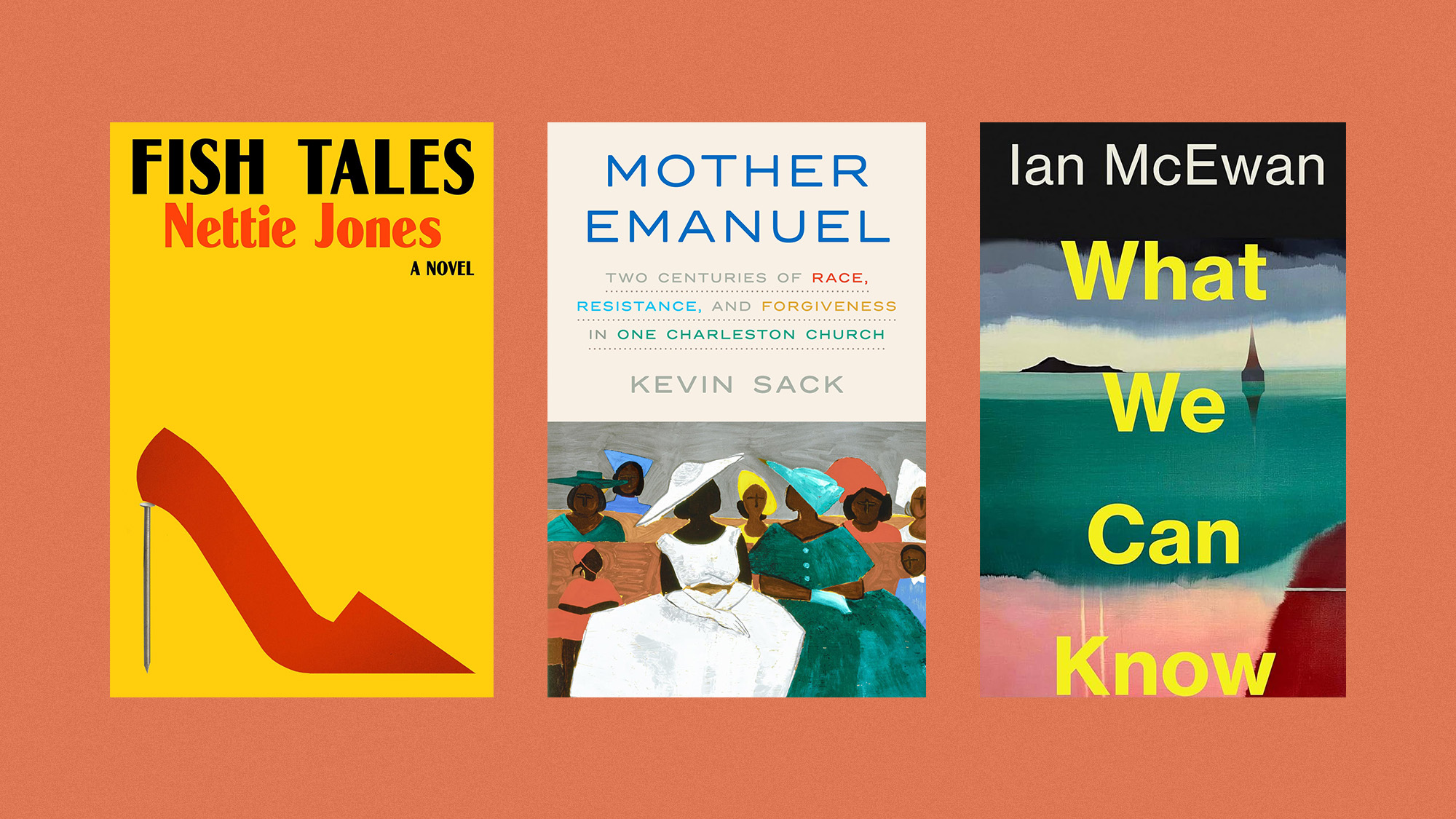 The best books of 2025
The best books of 2025The Week Recommends A deep dive into the site of a mass shooting, a new release from the author of ‘Atonement’ and more
-
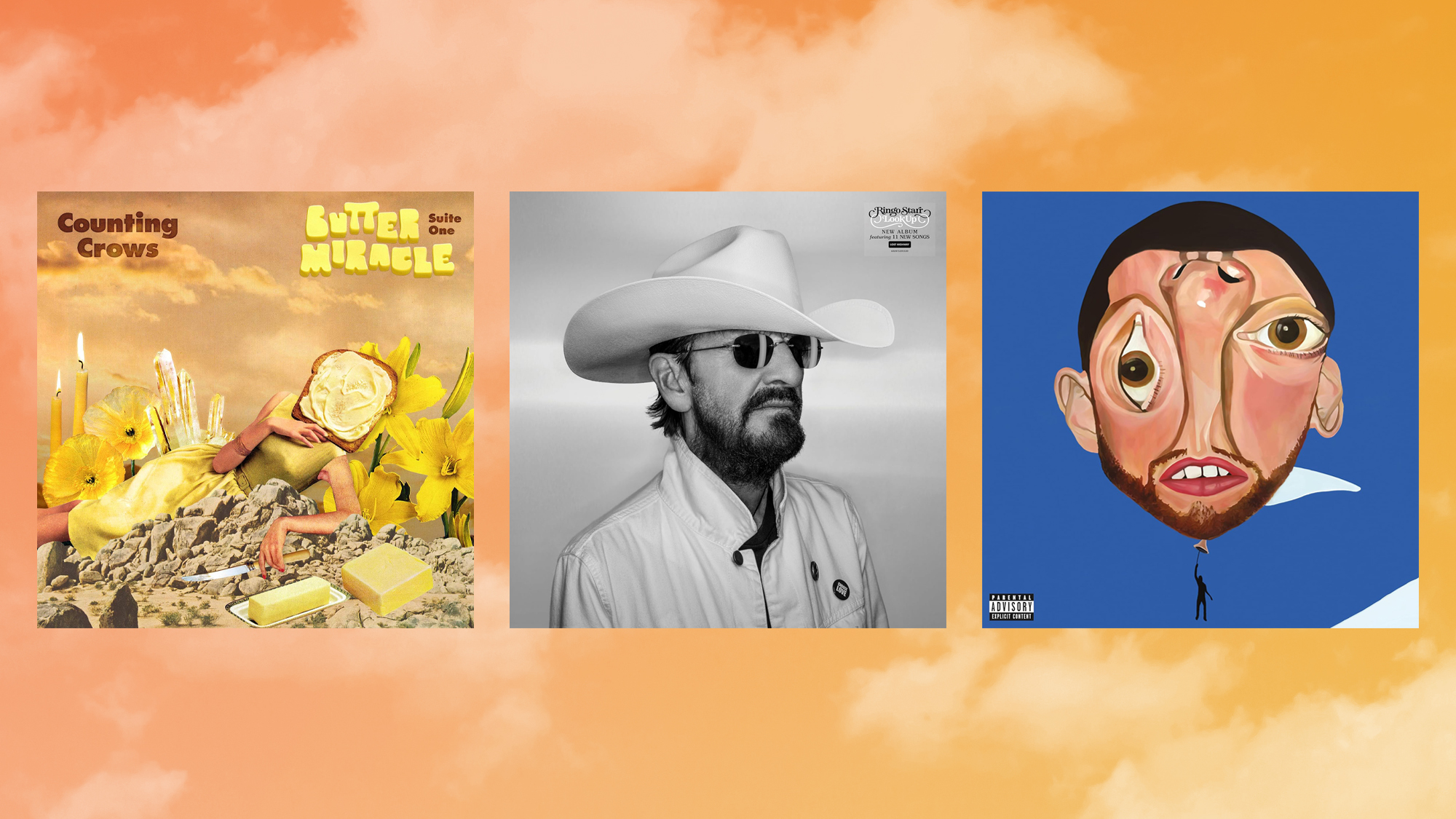 The best music of 2025
The best music of 2025The Week Recommends These were some of the finest releases of the past year
-
 The 8 best comedy series of 2025
The 8 best comedy series of 2025the week recommends From quarterlife crises to Hollywood satires, these were the funniest shows of 2025
-
 8 touring theater productions to see this winter, all across the United States
8 touring theater productions to see this winter, all across the United Statesthe week recommends New shows and reconsidered productions are on the move
-
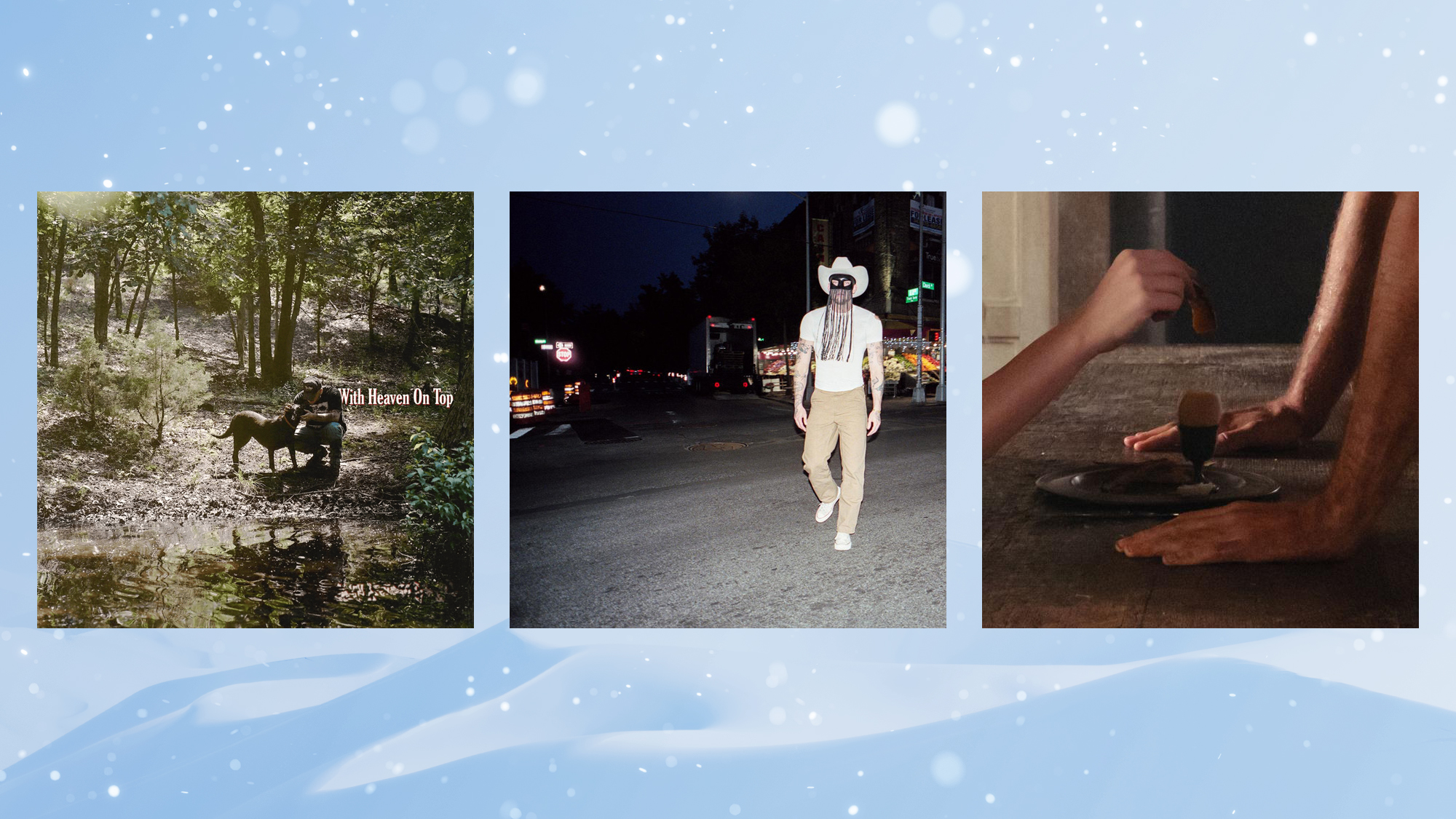 10 upcoming albums to stream during the winter chill
10 upcoming albums to stream during the winter chillThe Week Recommends As the calendar turns to 2026, check out some new music from your favorite artists
-
 One great cookbook: Natasha Pickowicz’s ‘More Than Cake’
One great cookbook: Natasha Pickowicz’s ‘More Than Cake’the week recommends The power of pastry brought to inspired life
-
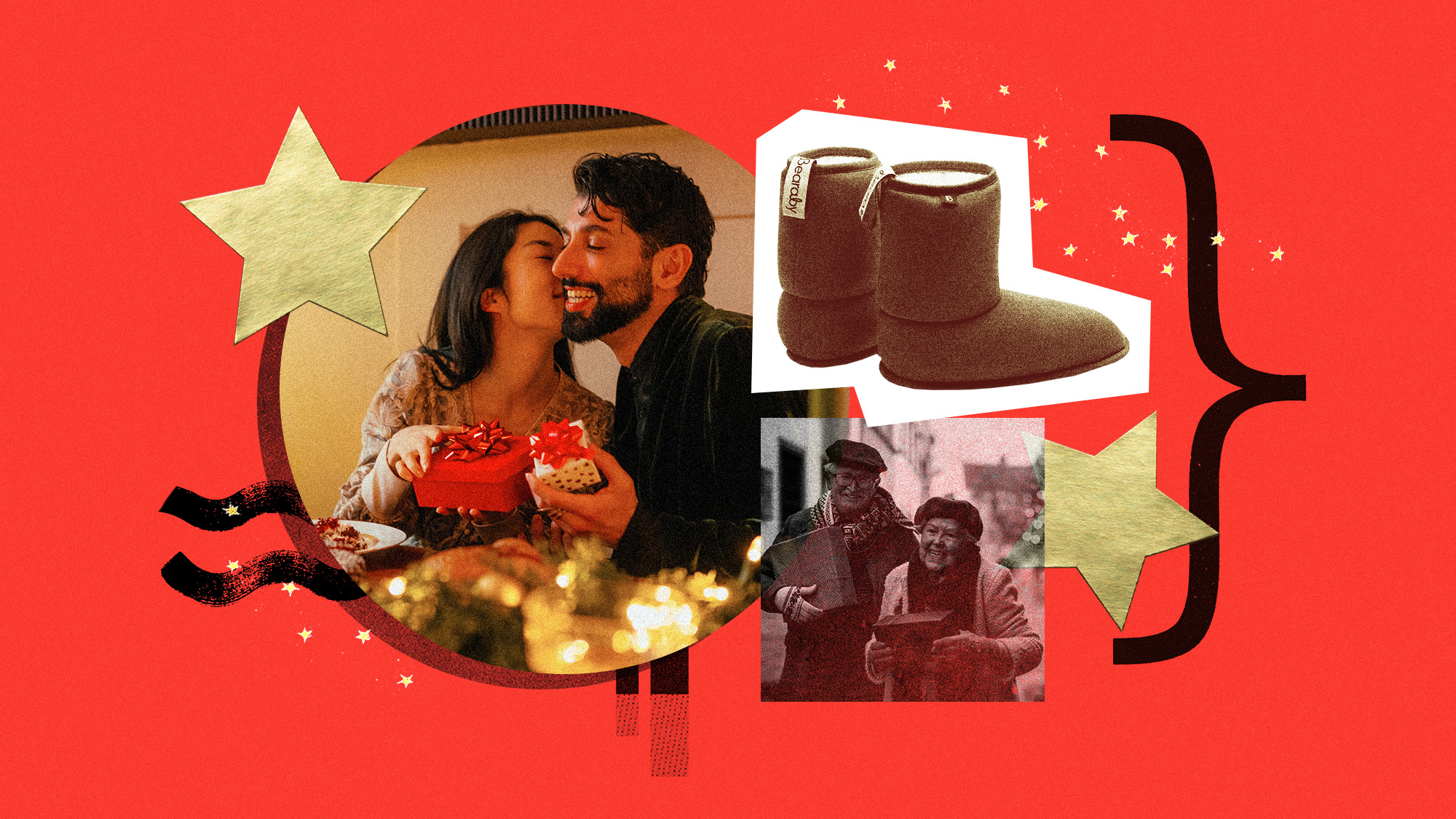 11 extra-special holiday gifts for everyone on your list
11 extra-special holiday gifts for everyone on your listThe Week Recommends Jingle their bells with the right present
-
 The real tragedy that inspired ‘Hamlet,’ the life of a pingpong prodigy and the third ‘Avatar’ adventure in December movies
The real tragedy that inspired ‘Hamlet,’ the life of a pingpong prodigy and the third ‘Avatar’ adventure in December moviesThe Week Recommends This month’s new releases include ‘Hamnet,’ ‘Marty Supreme’ and ‘Avatar: Fire and Ash’
